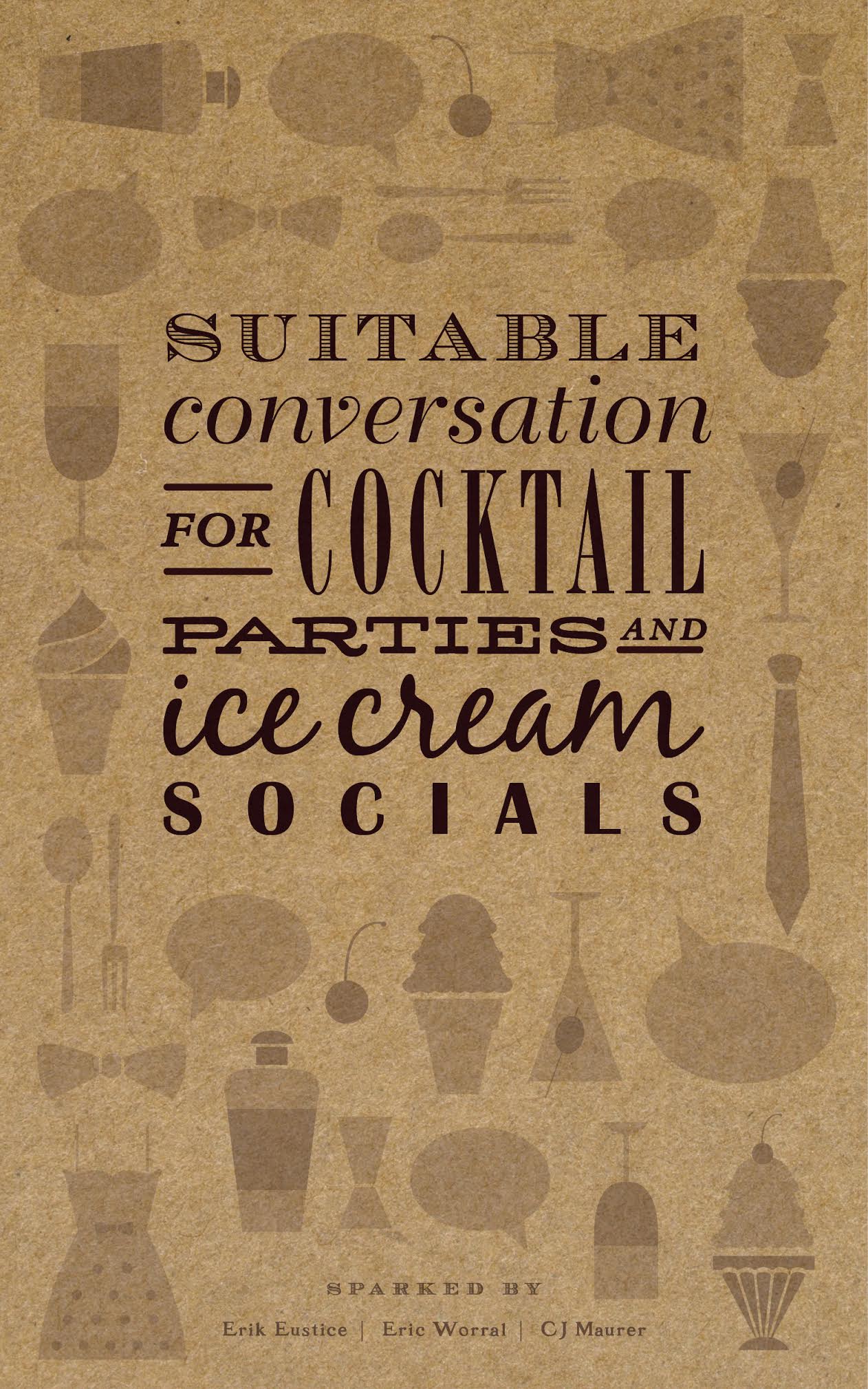When I was seventeen I jumped off bridges in March and drove my car 100-mph but I was scared to ask girls out on dates. Yep – that water had blocks of ice floating in it. I could’ve used some of it in my veins.
The most common fear isn’t death or imminent physical danger. It’s public speaking. Literally just talking – something we do every day and never think twice about – but in front of a larger audience than we’re used to.
When I was six or seven I was scared of swimming in a lake. But my dad told me if you can swim in 5-foot water you could swim in 55-foot water. There’s no difference.
The same could be said for speaking but I know that rationalization doesn’t work on most.
This post will explain why you’re scared to speak in public and how you can stop being such a wuss about it.
It starts with a part of your brain called the amygdala. It’s one of the oldest parts of your brain. Some people call it your reptillian brain. It’s responsible for hunger, fear, anger and sexual reproduction. Basically, it’s your survival mechanism. When our ancestors lived in caves and encountered a bear in the woods, they didn’t stop to fully examine the potential danger they were faced with. No – they just freakin’ booked it. That fight-or-flight instinct is really just the amygdala taking over your brain. It’s the same thing that makes you immediately flinch and curl up into a fetal position when you notice a baseball coming at you through the corner of your eye.
Today, your amygdala does more harm than good. Because you’re rarely – if ever – presented with a legitimate threat to your survival. In 2014 we have homes with central air and most of the bears are in the zoo. But the amygdala is still there and as strong as it ever was. As a survival mechanism, it always wants you to be safe. That means living a life that’s secure, comfortable and predictable. So, in stead of making you flinch from bears or lions or a little rustle in the leaves behind you, your amygdala makes you flinch from asking a girl out on a date or asking for a raise at work or speaking in front of a group of people. Because none of those things are (fully) secure, comfortable or predictable.
All those irrational fears of yours? Yup. Thank your amygdala. It’s kind of like the newspaper. Once we depended on it but now it’s completely irrelevant.
Still, it holds you captive more than you probably want to admit.
But it has a major weakness.
You. Whenever you push back against your amygdala and the irrational fears it tries to paralyze you with, it backs down like a coward. That’s why – even if you get rejected – asking that girl out was never as excruciating as you thought it would be. And why the nerves go away a few minutes into that presentation. Because the feeling in anticipation is always worse than the feeling of actually doing it.
“It wasn’t that bad,” says everyone ever.
I went from (1) someone who never once flinched about speaking in public to (2) someone who was deathly afraid of it to (3) someone who still gets nervous but now gives compelling presentations all the time with confidence.
Here’s my how-to guide for getting over your irrational fears and giving awesome presentations.
1. Expect to be scared before your presentation. Even admit it out loud to at least one person. This feeling is completely normal and it may never go away. Embrace it. (P.S. – Henry Fonda threw up every time before he took the stage.)
2. Remind yourself your fear is totally irrational and is just your amygdala trying to hijack the rest of your brain. Our ancestors needed to stick together in groups because it helped maximize the gathering of safety and resources. Therefore, being accepted by a group = survival. We are still hard-wired to seek acceptance from a group for this reason, even though we don’t need their acceptance to survive because we already have Nutella and an HBO-Go password.
3. Screw everyone else. You’ll lay your head on your pillow at the end of the day as the same person no matter how good or bad it goes. (And the worst thing that could happen is almost never the worst thing that could happen.)
4. Practice. Practice a lot. Practice until you can give your whole presentation comfortably without notes. Then recite it two more times. For me, this means reciting it anywhere between 3 and 10 times before giving the presentation. If you need to do it 20 times, do it 20 times. Practice it until you get embarrassed how much you’re practicing it. When you know it like the back of your hand you’ll never freeze up.
5. Open with an empathy technique. Empathy is about connecting with and understanding others. We connect based on our vulnerabilities. That’s why we feel closer to people when they confide in us. If you want your audience to feel closer to you and “root” for you, make them empathize with you. Tell them a secret. Or admit to a personal flaw or weakness. Tell them a funny story or one where you experienced some undeserved misfortune. One time I was giving a presentation with Erik to about 80 credit union managers and he opened with a story about peeing himself on an 8th grade field trip to an arcade and covering it up by “spilling” soda all over himself. Awesome.
6. Remember the weakness of the amygdala. It backs down easily. And the feeling in anticipation is always worse than the feeling of actually doing it. Remember you’re going to fall into a groove – just like all those times you practiced. But you are going to be nervous first. Just remember it’s going to be for 30 seconds, maybe 60 seconds at the most. That’s all you have to get through. The rest will take care of itself.
7. Wear something that makes you feel sexy.
8. Seek out opportunities to speak in public. Once again, your amygdala is no match for your when you push back against it. So keep pushing against it. The fears will never go away. But figuring out how to identify and beat them keeps getting easier. The more you sit on the sidelines the harder playing the game actually seems. Don’t sit on the sidelines. Put yourself in the game. Always. You have the power – and responsibility – to do it for yourself. You don’t need anyone’s permission.
9. Join a Toastmasters club.
Rinse and repeat.
Good luck!
P.S. – I spoke about a very similar idea just last week.
Photo credit : Healthy Place



